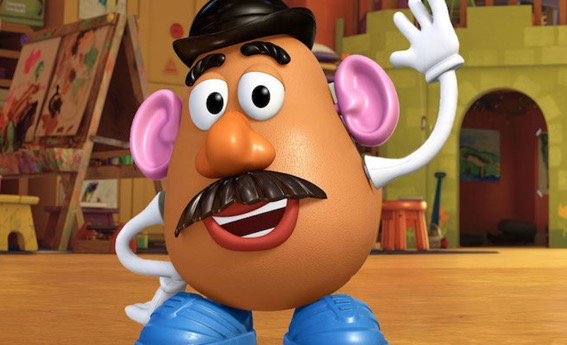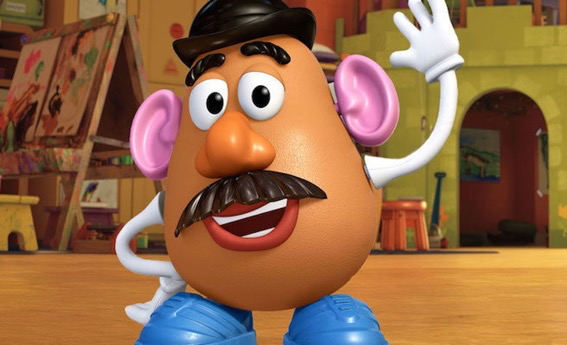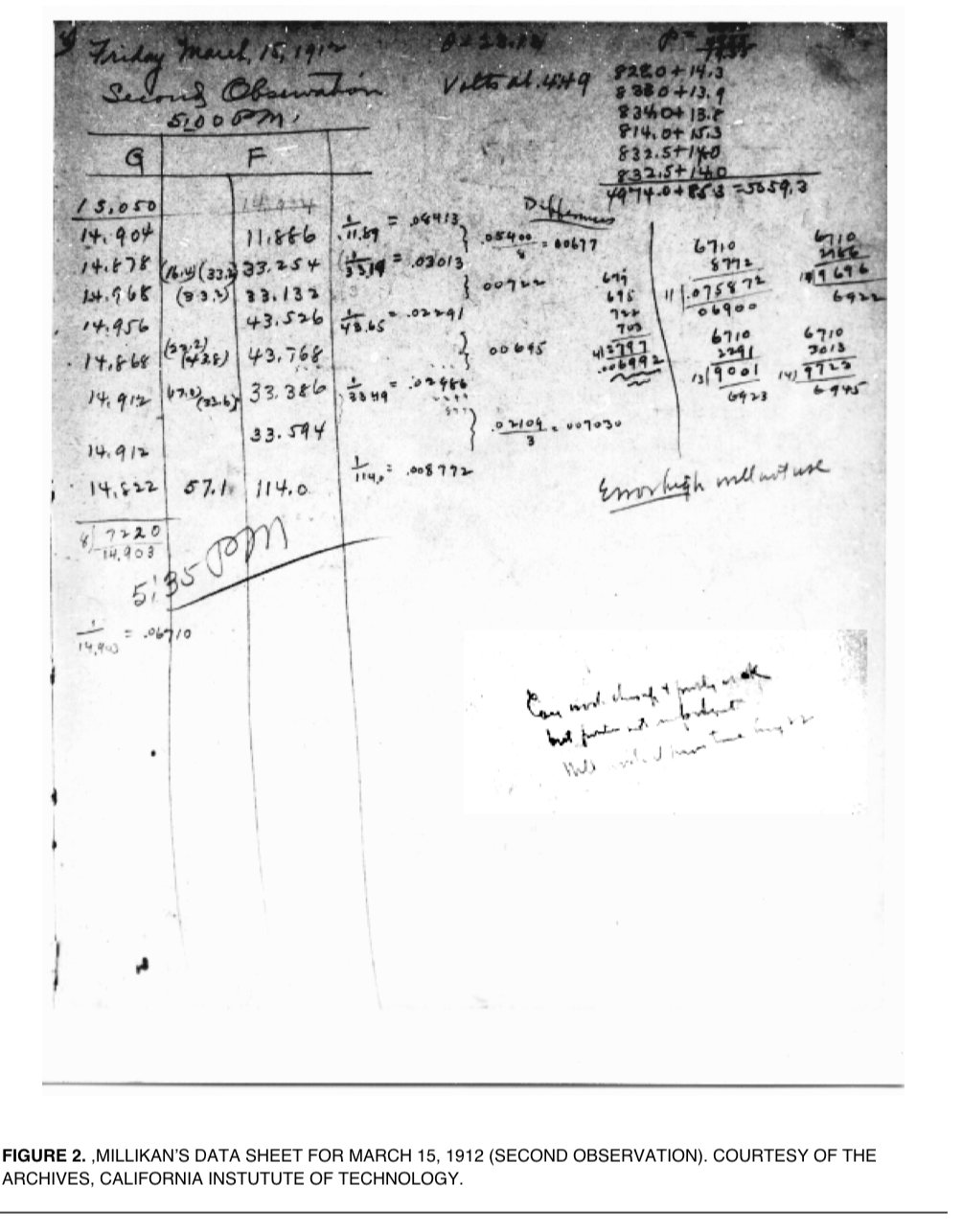
Atoms etc.
Atoms
How do you know there are such things?
Okay, you have been told for years that all matter is made of atoms, and you probably have been told that atoms are in turn composed of a nucleus, in which there are protons and neutrons, and electrons in "orbit" around the nucleus (that last part is not quite correct). But, what evidence have you ever been given that any of this is true? I know that you had to memorize this stuff to get good grades on quizzes and such; but I really don't want you just to accept stuff on faith in my class. You cannot see atoms. We cannot “see” them ever, really (though there are now some pretty cool imaging techniques that sort of see them). So, how can we ever show that something we cannot see even exists, let alone makes up all of matter?
I do plan to answer these questions. Or, more importantly, I plan to give you access to the information you need to understand it for yourself. I hope that the little "theory of money" exercise we will do will convince you that one can draw pretty solid conclusions without seeing something.
The idea of the atom goes back a long way. It was a minority view in the time of the Greeks, which is where the term Atom (which means “uncuttable”) comes from.
It's a simple idea: I have some carbon, and I divide it in half. I still have carbon in each half, with no differences in behavior. I do the same thing again. The two halves still are carbon. Imagine doing this over and over until we are down to sizes we can no longer see, and even smaller. One school of thought was that sooner or later, we would come down to some really small thing that we could no longer cut in half. That is an "Atom."
The other school of thought is that we would get to the point where we would uncover the constituent four "elements" (earth, air, fire, water). These Greek elements could be combined in continuous amounts to make all things we see.
John Dalton's Atomic Theory:
What would be evidence for the idea of an atom? Well, Dalton thought that there were data that supported the idea. Let's remember for a moment what a theory is. We start with a bunch of observations and see if we can come up with a model that explains these observations. Then, to test the theory, we ask what predictions our theory makes and see if they are correct.
The law of definite proportions:
When two substances can be reacted to make a new substance, they must always be mixed in the same proportions by mass. This is a fairly simple idea, but it has deep implications. So, if I combine Hydrogen and oxygen to make water, it’s always 1g hydrogen to 8g Oxygen (or, always reduces to that ratio). If I have extra hydrogen, it is just left over. This is not how simple mixing of things work. If you are making lemonade and add too much lemon juice, you get really tart lemonade. If you are making water and add too much hydrogen, the extra hydrogen is just left over. At the scale we are used to measuring in cooking, you can add as much or as little of each ingredient as you want. I wish cooking worked like chemistry. You could add just random amounts of the ingredients and the right amounts would combine to make dinner, with just leftover components that were present in too high an amount.
So, why does the law of definite proportions apply?
There are a couple of hypotheses that could fit this result. But, one of them is that there is a basic particle of each element and the ratio is based on the mass of the particles and the required ratio of particles (we know water as "H2O," implying two atoms of hydrogen to one oxygen).
The law of multiple proportions:
This is tricky to state concisely, but, it works well with an example. Carbon can be reacted with oxygen to make two different compounds, which we know as carbon dioxide and carbon monoxide. We can easily tell them apart. The important thing is that if I mix exactly 3 grams of carbon with 4 grams of oxygen, I get 7g of carbon monoxide—a really poisonous gas). To make carbon dioxide (a not-so-poisonous gas), you don't add just a little more oxygen, you add exactly twice as much (8g total). What would explain this?
Dalton thought the answer was obvious: Suppose that there are atoms of each. Moreover, each atom of carbon has a mass exactly 3/4s that of oxygen. That is why you need the ratio of 3g Carbon to 4g Oxygen to make what we call carbon monoxide. Dalton saw that the explanation for the other substance, carbon dioxide, would need exactly twice as much oxygen because it is one atom of carbon with two atoms oxygen. That certainly would explain the result, right? There are atoms. Atoms of each element are of different mass. The mass proportions seen in the law of definite proportions reflect the relative masses of the atoms themselves. When I double the mass required, as in carbon dioxide, it is because I have to add a second atom. Additional oxygen must be added in discrete units, and we call these units "atoms."
The Atomic Theory of Matter:
- Elements are made of atoms.
- All the atoms of an element have the same properties (they are essentially identical), and the atoms of different elements have different properties. They are different in some fundamental way.
- Chemical compounds are formed when atoms combine with each other. A given compound always has the same relative numbers and types of atoms.
- Chemical reactions involve reorganization of the atoms - changes in the way they are bound together. The atoms themselves are not changed in a chemical reaction.
That fourth one is the big one. It is our first real model for how chemistry happens.
So, what are the predictions?
Basically, the best way, just like the idea of the map of the "energy landscape"we talked about, is to see whether we can complete a comprehensive collection of consistent data. If I know that the ratio of masses of carbon to oxygen is 3:4, then I can come up with a table of data of masses for various elements and it should all be consistent.
It turns out that carbon has the mass of 12 and oxygen is about 16 (which preserves the 3/4 ratio). Since I have focussed a lot on units, you would be justified in asking "12 what?" or "16 what?" Well, we call it the "AMU" which stands for Atomic Mass units. Years later, we know the conversion to grams. But, before we did, we could still talk about relative masses. Carbon atoms weigh 12 times the mass of a hydrogen atoms. Oxygen weighs 16 times the mass of a hydrogen. While it's not the accurate definition as of today, we could call the Atomic Mass Unit the mass of a hydrogen (again…it's off by a tiny bit, but is close).
Another key point is that chemical reactions cannot change the number of atoms of each element. They all have to be there both before and after the chemical reaction. their connections…we'll call them "bonds," to each other change.

An example of how Dalton drew his conclusions: The (dreaded) Mr. Potato Head theory. Suppose I told you that I made 10 identical "Mr. Potato Heads" that in total weigh 390.0g. Each has one head, one mouth one PAIR of eyes (as one piece), one nose and two ears. You take all of them apart and weigh all of the heads together, then all of the noses, and then ears. These are the results:
heads: 200.0g
Noses (with mustache): 50.0g
Ears: 80.0g
Mouth: 60.0g
Can you tell me what each head, nose and ear weighs? Of course you can. if 10 heads are 200.0g, each one must be 20.00g (Was I right about the sig figs? How many sig figs. is "10" in that example?)
Noses must be 5.00g and ears must be 8.00g for each pair and therefore 4.00g each ear. Mouth would be 6.00g
Suppose I had lied when I told you that I had made 10 heads. It turns out that I made 20. No worries, in that case, the heads must each weigh 10.0g (times 20, for a total of 200.0g). The noses must be 2.50g each and the ears must each be 2.00g each, mouth is three. Notice that the ratios of masses are the same: head weighs 4 times the mass of the nose and 5 times the mass of each ear. The ratio of the mass of the nose to that of the ear is 5:4, etc.
Suppose I didn't tell you how many heads I made, would you be able to tell what each piece weighed? Well, no. However, you would be able to tell that the head was 4 times the mass of the noses. Also, you would be able to tell that the head is 5 times the mass of each eye and therefore, the mass ratio of the nose to that of the ear is 5:4. So, even without knowing how many you have, you can get the mass ratios. Well, Dalton used the law of definite proportions like that.
What are atoms made of?
Dalton had a really good model explain what was going on in chemical reactions-atoms are bonded in different patterns to make different molecules with new properties-but no idea how bonding would take place. Moreover, what was an atom made of anyway?
If you forget the names of the famous dead guys who did the experiments, I'll forgive you (and it won't hurt your grade). However, I do expect you to know how what they did demonstrated what we think now is true. The absolutely key thing is all these things are supported by direct experiments. I want you to see how these experiments were performed and how the conclusions were drawn from the data. The discovery of the electron, which you do every time you pet the cat, or rub a balloon on your sweater, shows that Dalton was not fully correct. An atom is not "uncuttable" after all. However, we modified the idea of the atom to be the smallest particle of an element that still has the properties of that element.
Interestingly, however, the recognition that atoms are made of generic particles whose number differs from atom to atom, re-opens the old alchemy idea of changing one form of matter into another. It can be done, after all. But, instead of increasing the amount of "fire" in iron to make it gold, we have to increase the number of protons, neutrons and electrons.
Of course, the real trick is showing that the static electricity and other electricity is carried by particles that have mass. Thomson performed experiments with a cathode-ray tube.
Here is a link to a you-tube video of a teacher demonstrating a cathode-ray tube.
The fact that the beam had inertia (it resisted a force applied) and that its inertia varied with the square of its speed suggests that there must be particles that have mass. Thomson was able to to determine the charge/mass ratio of the electron, which proves in principle that it has mass. It's simple enough: the heavier it is, the more difficult it will be to deflect. The more charge it has, the easier it will be to deflect. By doing a series of experiments, he determined a determined the charge/mass ratio that fit the deflection. Millikin did a more difficult experiment that comes to this: Charge a drop of oil, which would require you to either add or subtract some electrons from the oil. He would suspend the drop in an electric filed. The strength of the force on the drop from the field is proportional to E*Q, where E is the voltage applied and Q is the charge on the drop. The force making the drop fall is of course m*g (mass times gravity). When the drop hovers suspended, E*Q=m*g. He could determine the mass of the drop (from density and volume), he knew "g" and knew E (the voltage he applied). He could solve for Q, which is the charge on the drop. Some sample data were:


In a perfectly run experiment, the difference in charge between drops would be some integer multiple of 1.6x10-19 Coulombs (C, the unit of charge we use after another famous dead guy). That suggests that this must be the charge on a single electron. Actually, his data were a little off because he didn't account properly for the viscosity of air. From this, and Thomson's mass/charge result, we can calculate the mass of the electron as about 9.1x10-28g. Really tiny.
The atom is mostly space with a dense core (the nuclear model)
So, the next big experiment is Rutherford. In this one, a set of charged (positive) particles (alpha particles) are fired at a thin sheet of gold foil. Almost all of them go through. That tells you that the atom is mostly space. However, some of the particles were deflected as though they were interacting with a positive charge. And and some of them bounced straight back, indicating that they hit something more massive than they were. The conclusion is the Nuclear model. I love to ask what our evidence for the nuclear model of the atom is. This is the experiment to quote, if I ask you that. So, atoms have protons and neutrons in the nucleus. These particles have almost the same mass. But, the neutron has no charge and the proton has a charge equal to that of an electron, with the opposite sign. The electrons in the cheap seats A common example used is that if the atom were a domed stadium, the nucleus would be a marble at the 50 yard line. That leaves plenty of space for an alpha particle to pass through (as it turns out, an alpha particle comprises two protons and two neutrons). The atom as a whole is about 100,000x as big as the nucleus itself. So: which subatomic particle do you think is actually involved in carrying out chemistry? Why?
